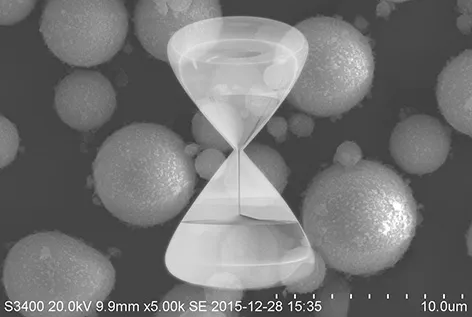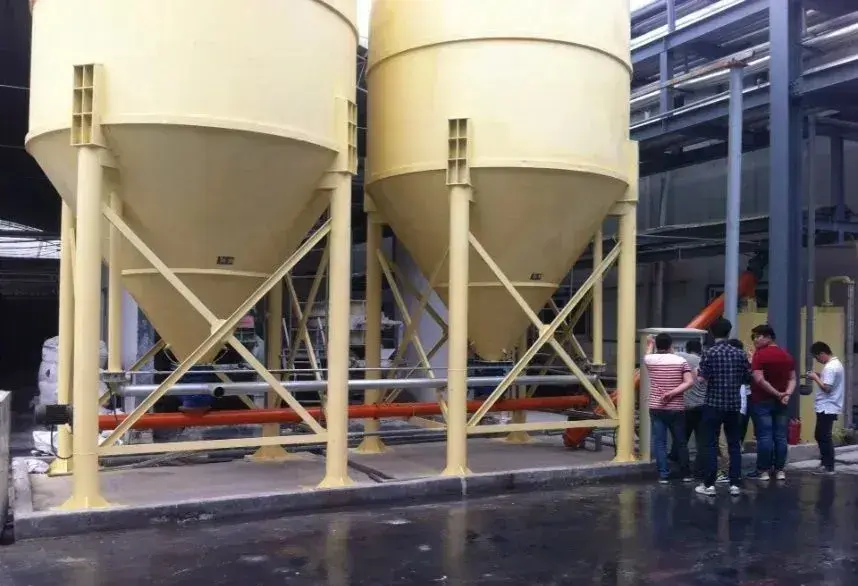What is powder?
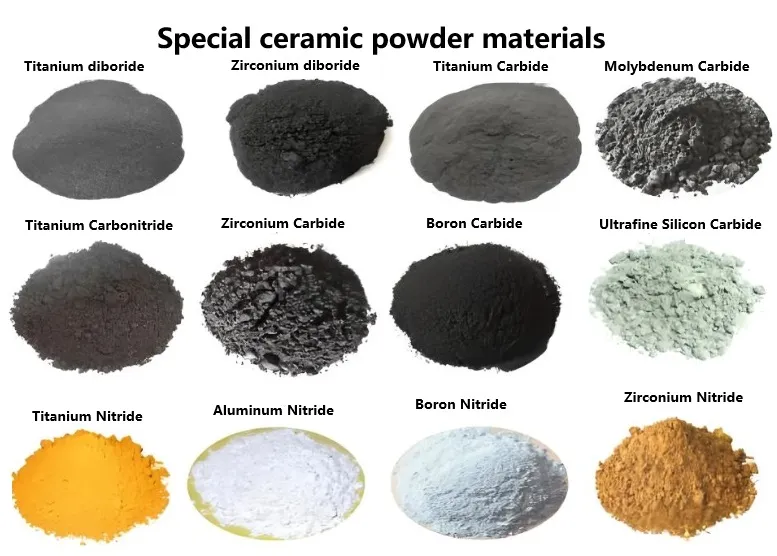
When thinking of special ceramic powder, the first reaction is usually a mixture of granular substances. However, if we consider the fundamental composition, powders are not as simple as they appear.
What is powder?
Powder definition: a collection of a large number of solid particles.
Powder particle definition: solid basic particles obtained by dispersion or refinement without changing the essential structure of the substance.
Powder: Particles (>100 μm)
Powder (1~100 μm)
Ultrafine powder (0.1~1 μm)
Nano powder (<0.1 μm)
The powder shape can be divided into spherical, columnar, needle-shaped, angular, dendritic, fibrous, flaky, granular, irregular, etc.
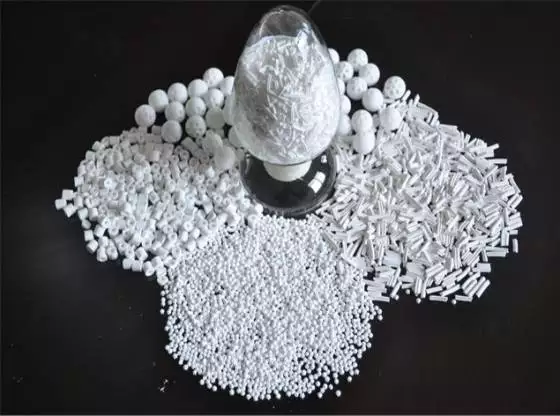
Powder is a complex system generated by the interaction of solid, liquid, and gas phases. Given the complexity of the system, it is impossible to characterize its properties using a single parameter or equation. Therefore, various parameters have been developed to characterize the properties of powders, such as particle size distribution (PSD), density, shape, crystal form, moisture content, surface morphology, surface area, electrostatic forces, capillary forces, hydrogen bonds, porosity, elasticity, brittleness, hygroscopicity, desorption properties, and other descriptive parameters from different dimensions.
what is ceramic powder ?
Special ceramic powder are the foundation of ceramic products, and the key element in producing high-quality ceramics. If the powder quality is poor, no matter how much effort is put into subsequent processes such as forming and sintering, the material’s inherent properties cannot be fundamentally changed. From an application perspective, the requirements for ceramic raw powders are mainly as follows:
- Precise chemical composition: For advanced ceramics, the chemical composition directly determines the product’s crystal phase and performance.
- Good chemical homogeneity: Inhomogeneous chemical composition can lead to deviations in local chemical components, which in turn cause phase segregation and differences or anomalies in the microstructure, resulting in a decrease in the final sintered body’s performance.
- High purity: The powder should have a low content of impurities. The presence of impurities will affect the powder’s process performance and the physical and chemical properties of the sintered body.
- Appropriately small particle size: A suitably small particle size can lower the sintering temperature and effectively reduce the particle size of the sintered body, while also meeting the ceramic material’s requirement of being smaller than the critical size.
- Spherical particles with uniform size: Spherical particles have good flowability, high packing density, and uniform pore distribution, which allows for effective control of grain growth and pore exclusion and distribution during the forming and sintering processes. This helps achieve a uniform microstructure, excellent performance, and consistent product quality.
- Good dispersion with minimal agglomeration: A powder with good dispersion and minimal agglomeration is beneficial for forming and sintering. Efforts should be made to reduce both soft and hard agglomerates.
How to get ceramic powder?
In ceramic forming, one crucial step is dispersion ball milling. The goal is to break soft agglomerates formed by high surface area. These agglomerates result from weak van der Waals forces and hydrogen bonds between particles.
Agglomerates resemble fluffy spheres with multiple small surfaces.
To obtain accurate particle size distribution and shape, agglomerates must be broken to primary particles during ball milling. One method involves ball milling followed by analyzing dispersed particles.
Another method uses ultrasonic dispersion before measuring size and distribution. Hard agglomerates resistant to ultrasound or ball milling result in measured sizes reflecting these agglomerates.
Proper dispersion in liquid allows true size determination via techniques like sedimentation. Dispersed particles settle under gravity, scanned by X-ray or laser for automated size recording. All analyses require well-dispersed particles in liquid, not dry powder.
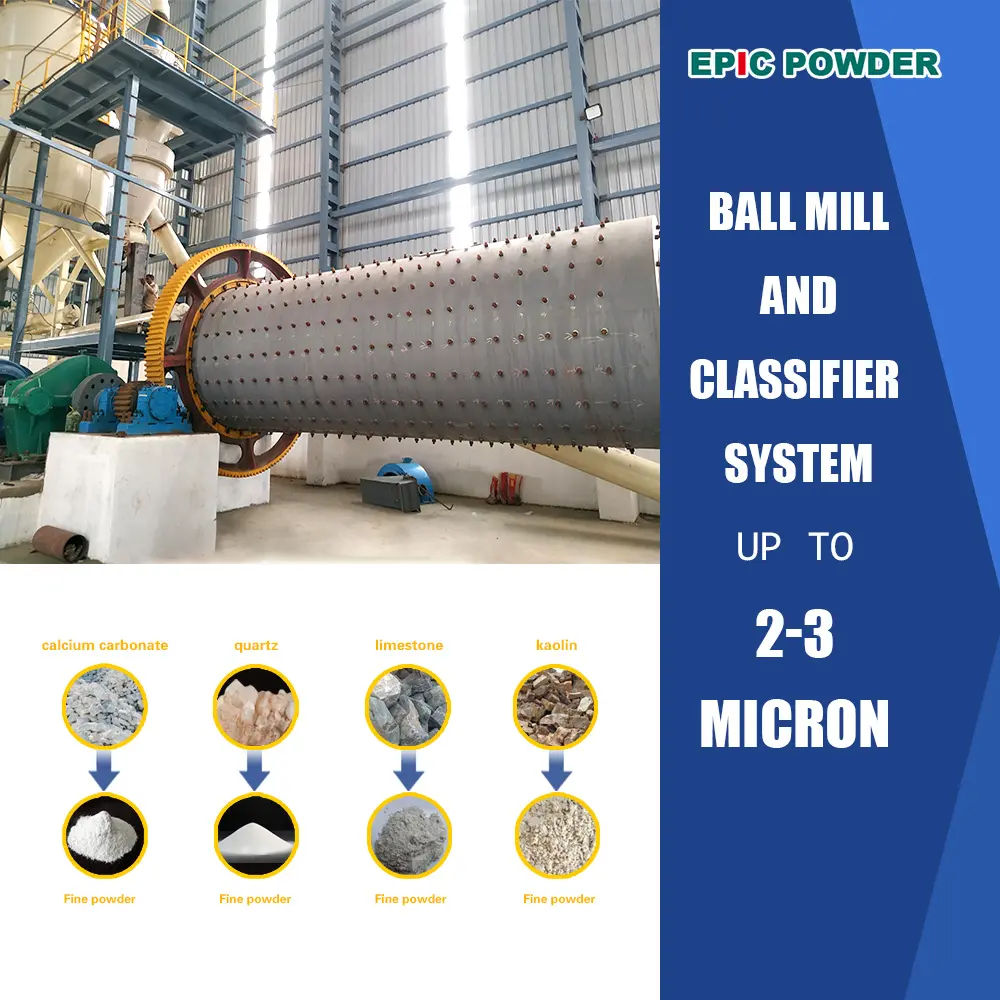
Industrial Application:
New energy field: Reshaping the energy revolution
Solid-state battery: A college developed “garnet-type LLZO ceramic electrolyte powder.” This breakthrough enables solid-state batteries to exceed 400 Wh/kg energy density. Current lithium batteries have an energy density of 300 Wh/kg.
Aerospace: “Material Revolution” in Extreme Environments
The Airbus A350 uses silicon carbide ceramic matrix composite (CMC) brake discs. Their lifespan has been extended from 3,000 to 15,000 takeoff and landing cycles.
Biomedicine: From material innovation to life innovation
Artificial Joint: 3D-printed zirconia ceramic femoral head. Porosity is precisely controlled between 60-80%. Elastic modulus matches human bone (3-30 GPa).
conclusion
Special ceramic powder materials, with nanoscale precision, reconstruct material property boundaries. They are becoming “strategic chips” in new energy, aerospace, and biomedical fields. Mastering the “microcode” of special ceramic powders is key to industry competitiveness.
It is also a core strategic point in the race for leadership in advanced technology.
